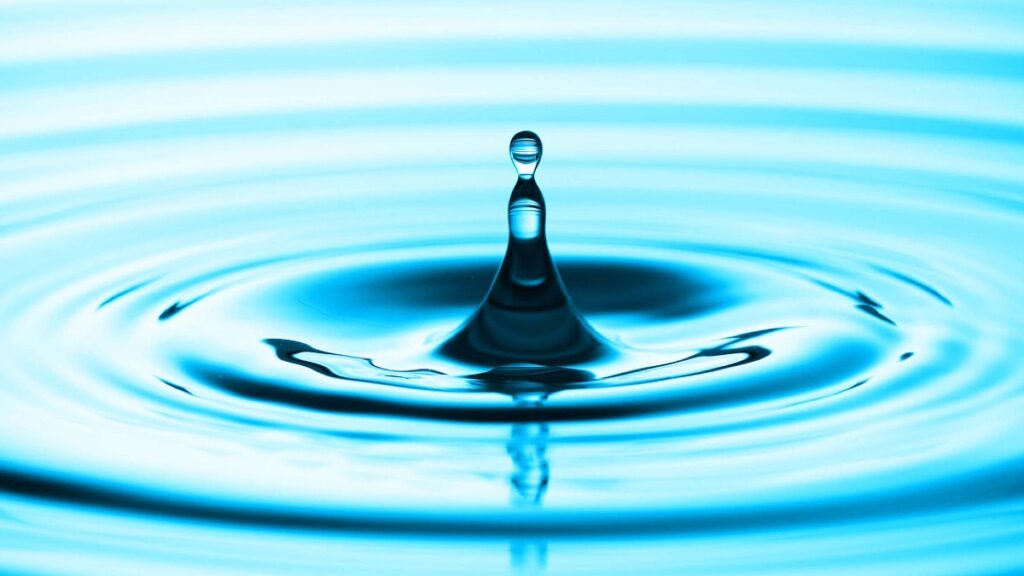Cremation has become increasingly popular among Canadians as a funeral option. However, with the growing trend toward environmental sustainability, interest in aquamation–or flameless cremation–has been on the rise. Aquamation is a water-based alternative to traditional cremation. Learn more about aquamation and its availability in Canada below.
See also:
- Aquamation in the U.S., by state
- Aquamation status around the world
- Why is aquamation illegal in some places?
- What is the science behind aquamation?
- What is water cremation and how is it different from fire cremation?
What is aquamation?
Aquamation is a water-based form of cremation that uses the chemical process of alkaline hydrolysis instead of flames to cremate a body. The technique combines water, alkali (potassium hydroxide), pressure, and heat to create a reaction that accelerates decomposition. It is the same reaction that occurs when a loved one is buried but at a faster rate.
Brief history of aquamation
Aquamation has been around since the late 1800s. Amos Herbery Hanson developed the technique in 1888 to turn animal carcasses into fertilizer. However, it was later used in labs to dispose of contaminated animal bodies.
In 1993, the first commercial aquamation machine was installed at the Albany Medical College to dispose of cadavers. It continued to be used primarily in labs, schools, and animal facilities for several years. Today Bio Response Solutions makes the machines.
Legalization for aquamation in a funeral setting began in the early 2000s, but commercial use in the funeral industry did not start until 2011. Minnesota was the first state to legalize aquamation in 2003, and Saskatchewan followed suit in 2012. Since then, four Canadian provinces and 20 U.S. states have legalized the process, with several pending legislation in other parts of North America.
See related: History of aquamation
Aquamation process
The process begins with the body being prepared. Preparation varies depending on the funeral home and local regulations, but this may mean removing things on or in the body. For example, any non-protein-based clothing (e.g., wool) must be removed because it will not be destroyed in the process. Metal implants may also be removed if preferred or legally required, but it is not necessary for aquamation.
Once preparation is done, the body is placed in a stainless steel vessel. The vessel is filled with water and potassium hydroxide (alkali). The quantity of alkali used varies depending on body characteristics, but the ratio for the solution is approximately 95 per cent water and five percent alkali.
The vessel’s contents are exposed to high temperatures (200 to 320 F / 93 to 160 C) and agitation to prevent boiling and help break down organic material. During the process, compounds in the body are reduced to essential organic components and dissolved into the water.
Remaining after this process are bone fragments, a green-brown liquid, and metal implants that were not removed beforehand.
First, the liquid is released from the vessel as wastewater, and the remains and equipment are rinsed with fresh water. Next, metals are removed using a magnet or sieve and recycled or donated. Finally, the bone fragments are pulverized into a fine, white, or tan powder, placed in an urn, and returned to the family. The entire process typically takes between 6 to 20 hours.
See also: Aquamation ashes
How much does aquamation cost?
The cost of aquamation varies between funeral homes. However, it is often a cost-effective option when compared to burials.
Traditional burial cost is around $3,000 to $12,000+. This is because burials tend to include additional expensive services such as embalming, viewing, visitation, committal, etc. Cremation packages can also include these services, which will increase the overall cost.
A direct aquamation (excluding additional services) costs around $2,000 to $3,000 on average. Flame cremation may be slightly cheaper, but the cost differences are minimal, ranging from $800 to over $3,000.
Here’s a table comparing the average cost ranges for aquamation and other common disposition methods in Canada:
| Disposition Method | Average Cost Range (CAD) | Notes |
|---|---|---|
| Aquamation (Water Cremation) | $2,000 – $4,000 | Often includes transportation, urn, and basic services. |
| Traditional Cremation | $1,500 – $3,000 | May include urn but typically excludes a ceremony or additional services. |
| Traditional Burial | $7,000 – $12,000 | Includes casket, plot, and funeral service. |
| Direct Cremation | $1,000 – $2,500 | Minimalist option; excludes services or ceremony. |
| Direct Burial | $2,500 – $4,500 | Includes burial without a service; excludes headstone or grave marker. |
| Green Burial | $3,000 – $6,000 | Environmentally friendly; excludes embalming and traditional casket. |
See what aquamation costs across Canada.
How does aquamation differ from flame cremation?
Flame cremation is when a body is placed in a chamber and exposed to flames and extreme heat. This incinerates organic matter and reduces it to bone fragments. The critical difference between aquamation and flame cremation is the environmental impact.
For example, to incinerate organic matter, flame cremation requires temperatures of 1,4000 to 1,8000 F (760 to 982 C). Therefore, a large amount of energy is needed to reach these temperatures.
In contrast, aquamation reaches much lower temperatures (around 320 F; 160 C) and is a very efficient process. The process uses over 80 per cent less energy than flame cremation.
Flame cremation also requires the burning of fossil fuels and the emission of greenhouse gases, such as carbon monoxide, embalming chemicals (e.g., formaldehyde), and mercury from dental fillings and surgical implants.
Aquamation’s lower temperatures make it so that these harmful gases and chemicals do not release into the air. It also does not destroy implants, so they do not need to be removed beforehand (unless legally required). Also, the liquid by-product of aquamation contains natural by-products of decomposition, so it is safe to be disposed of through the sewer or wastewater treatment system.
Another difference between flame cremation and aquamation is the quantity and characteristics of the ashes. Ashes produced through flame cremation are typically grey or brown with a coarse consistency. Included in these ashes are human remains with some ash from the caskets and their contents. There is also about a 1:1 ratio between the weight of the deceased and the volume of ashes. For example, if an individual weighs 150 lbs, they will produce approximately 150 cubic inches of ashes.
In contrast, ashes produced through aquamation are often white or tan, with a smooth powdery consistency. Since a casket is not used in the process and non-protein-based materials are removed beforehand, ashes contain mostly human remains. There is also 20 to 30 per cent more ashes produced. Therefore, someone weighing 150 lbs will create approximately 180 to 195 cubic inches of ashes.
Where is aquamation legal in Canada?
Aquamation is legal in four provinces in Canada – Ontario, Saskatchewan, Quebec, as well as Newfoundland and Labrador.
Saskatchewan was the first province to legalize aquamation in 2012. It was legalized in Ontario and Quebec in 2015 and Newfoundland and Labrador in 2019. Below are a few examples of providers offering aquamation in each province.
Based on the information from the text, here’s an updated table for aquamation’s legal status by province:
| Province | Aquamation Legal Status | Date Legalized | Average Cost |
|---|---|---|---|
| Alberta | Illegal | N/A | N/A |
| British Columbia | Illegal | N/A | N/A |
| Manitoba | Illegal | N/A | N/A |
| New Brunswick | Illegal | N/A | N/A |
| Newfoundland and Labrador | Legal | 2022 | $2000 to $4500 |
| Northwest Territories | Legal | 2020 | Legal, but no providers |
| Nova Scotia | Illegal | N/A | N/A |
| Nunavut | Illegal | N/A | N/A |
| Ontario | Legal | 2014 | $2000 to $4500 |
| Prince Edward Island | Illegal | N/A | N/A |
| Quebec | Legal | 2015 | $2,000 to $3,500 |
| Saskatchewan | Legal | 2012 | $2,000 to 4,000 |
| Yukon | Illegal | N/A | N/A |
Aquamation providers in Saskatchewan
Aquamation providers in Ontario
Aquamation providers in Quebec
Aquamation providers in Newfoundland and Labrador
Why Some Provinces and Territories Have Not Legalized Aquamation:
- Regulatory Inertia: Provinces like Nova Scotia and Prince Edward Island may not have updated their cremation or funeral regulations to include aquamation, likely because the process is still relatively new in Canada.
- Public Awareness: In regions where demand for aquamation is low, such as Nunavut and Prince Edward Island, the lack of consumer pressure might slow down the process of legalization.
- Environmental Concerns: There might be hesitation in some provinces and territories regarding the environmental impact of aquamation, particularly concerning wastewater treatment and disposal of byproducts.
- Infrastructure and Investment: Some provinces may lack the necessary infrastructure to support aquamation, which involves specialized equipment and facilities.
See also: 50 questions answered about aquamation

